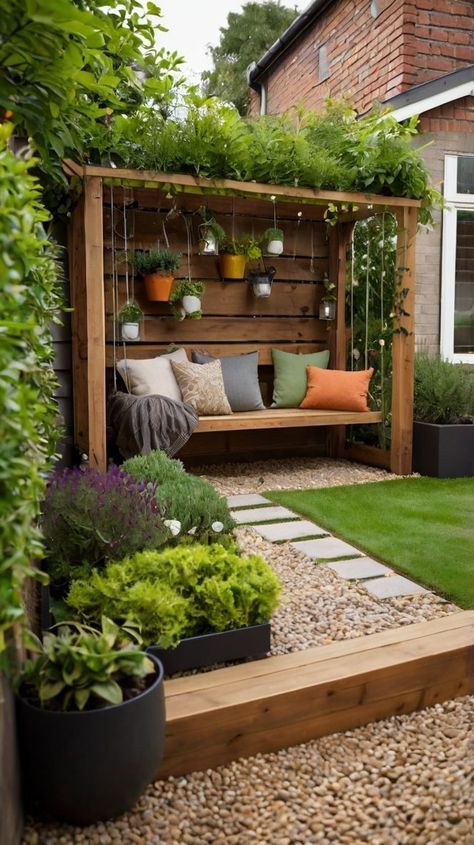Creating a small backyard retreat might sound like a dream reserved for sprawling gardens or luxurious estates—but it’s actually a realistic and achievable goal, even with the most compact spaces. Many people look out into their tiny outdoor area and wonder, “What can I really do with this?” The good news? A small space can be transformed into a peaceful, practical, and personal haven with just a little creativity, intentional design, and smart planning. Whether you’re yearning for a quiet spot to sip your morning coffee, a leafy corner to read under the stars, or a cozy hangout for weekend gatherings, this guide is here to walk you through every step.
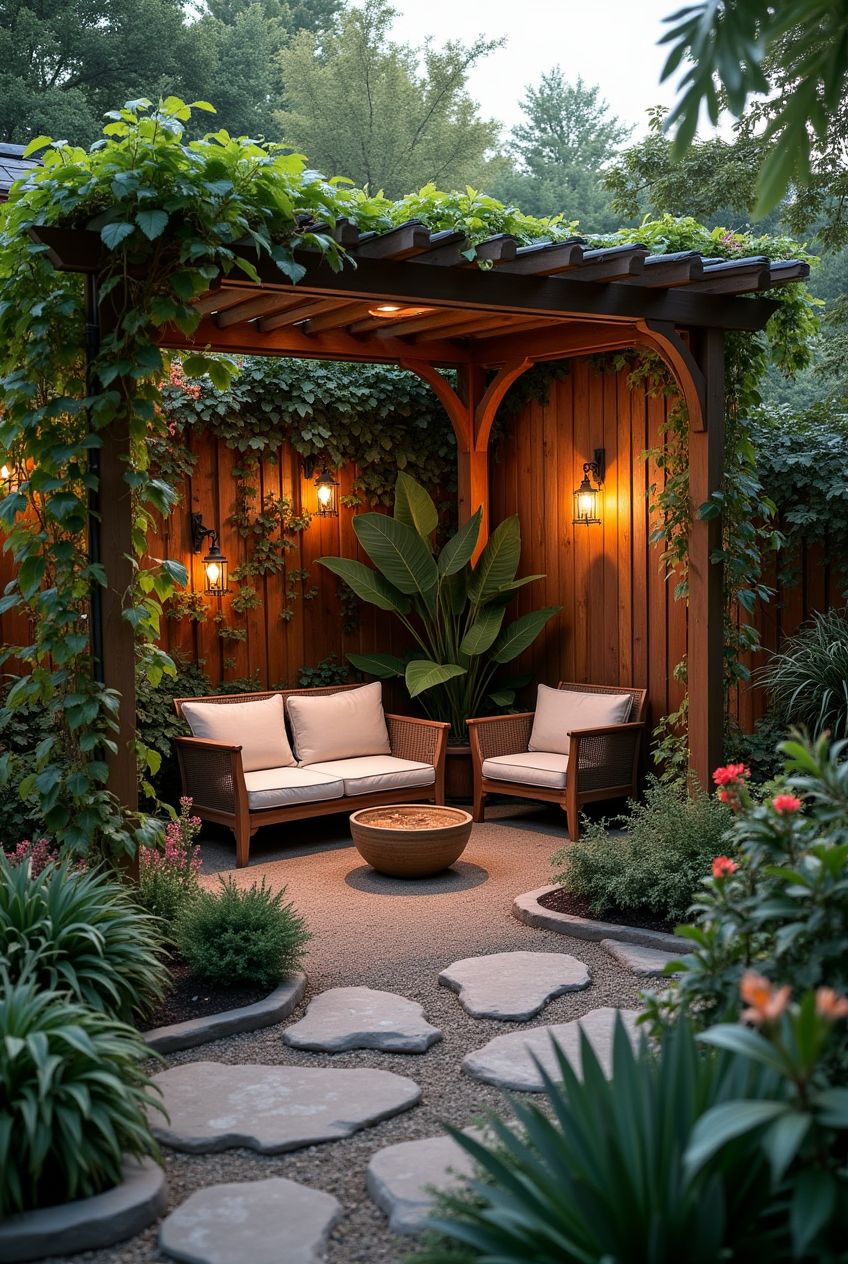
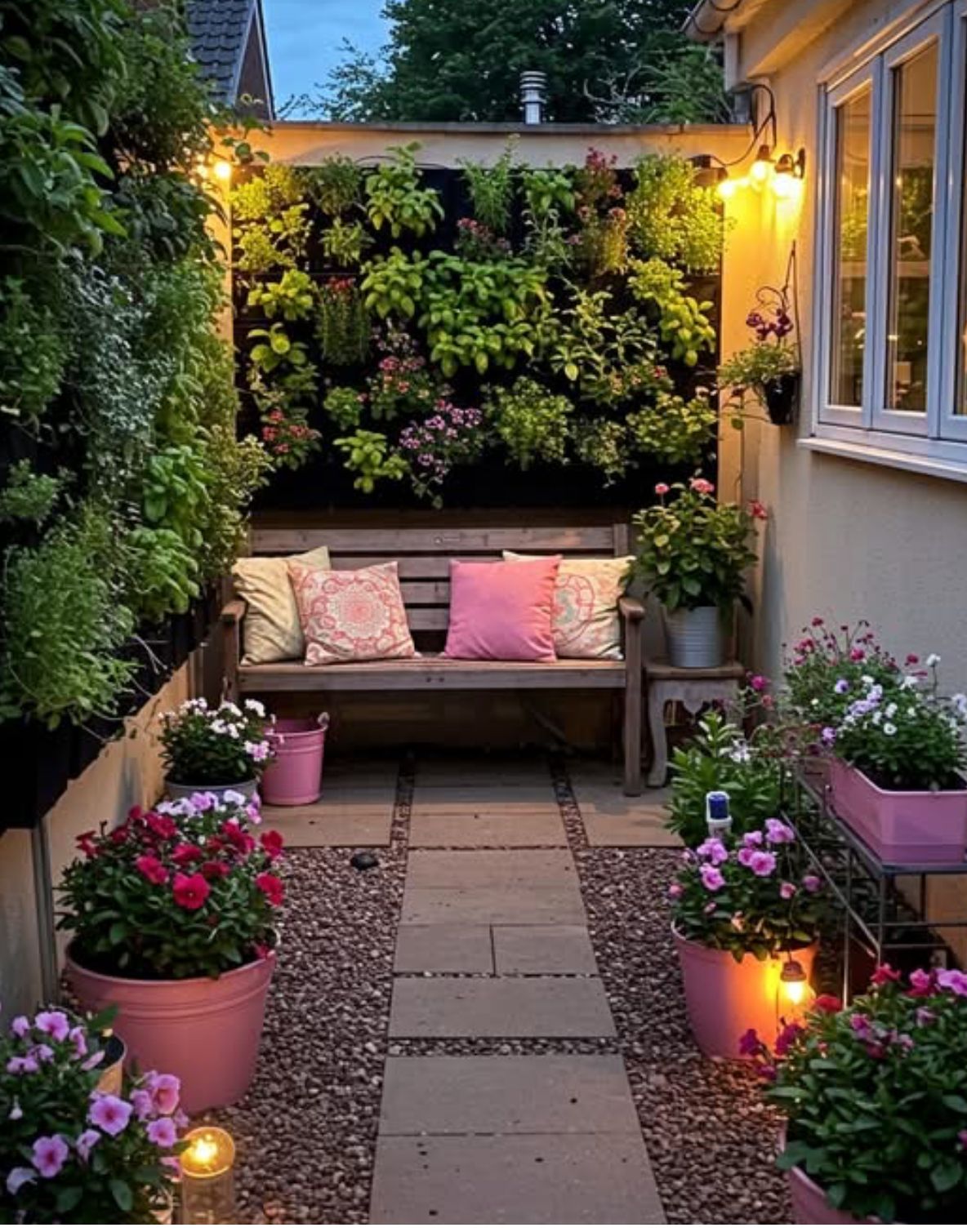
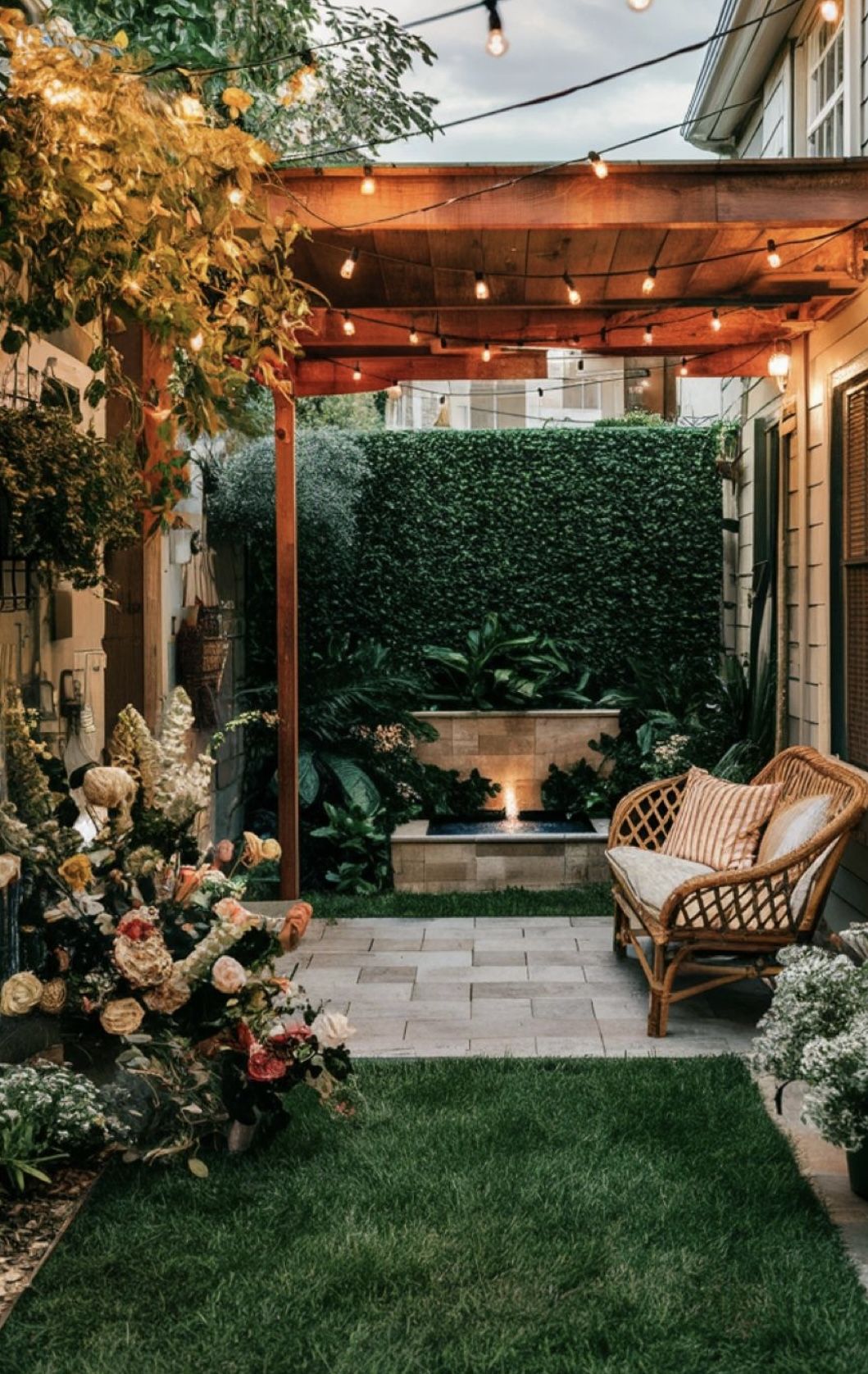
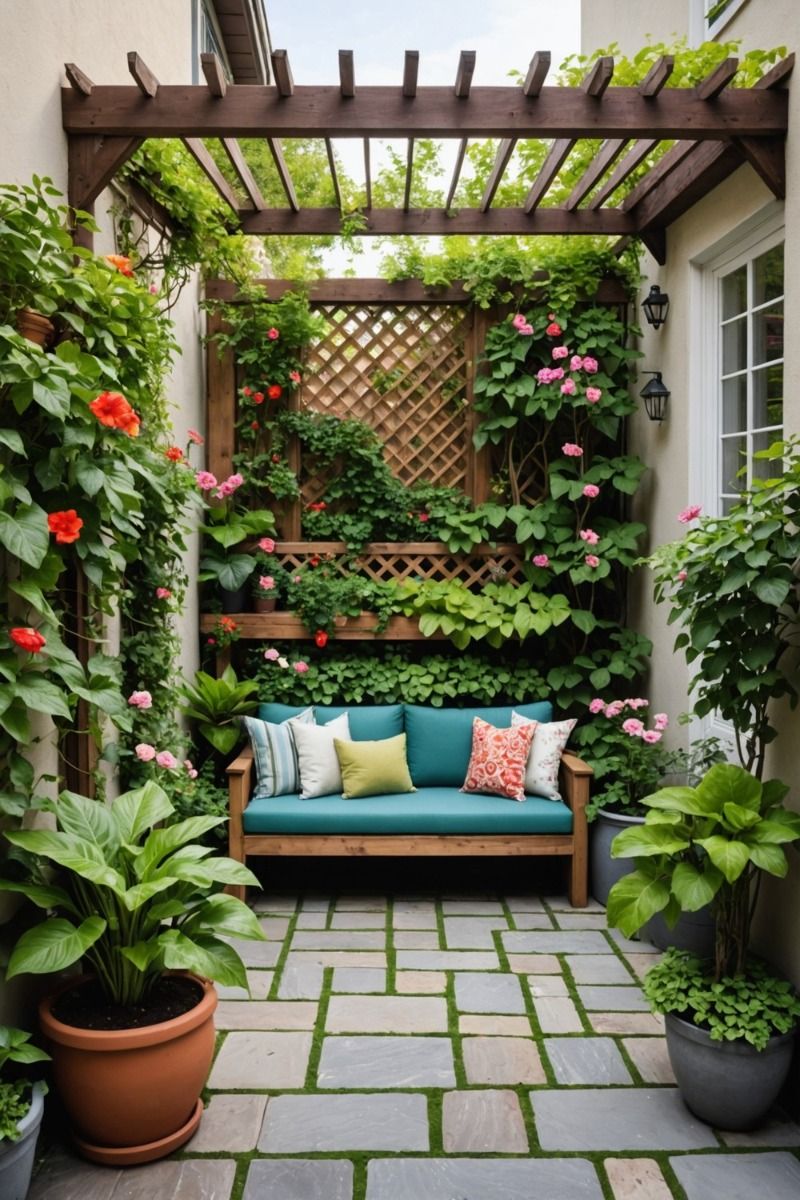
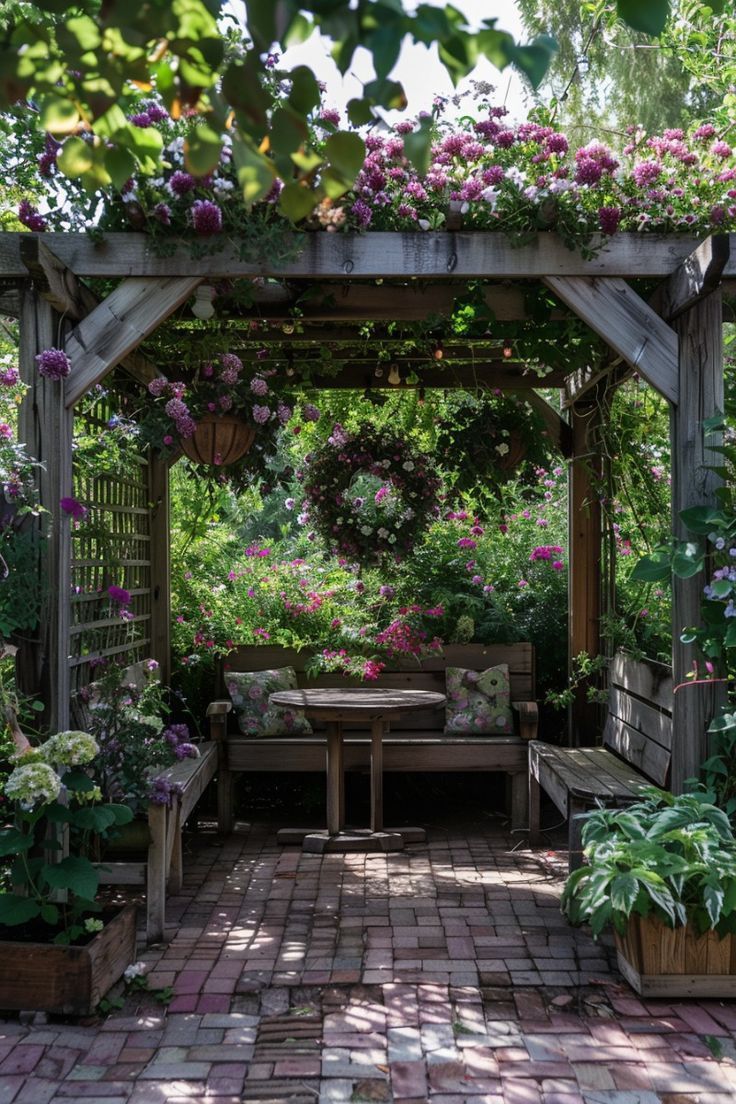
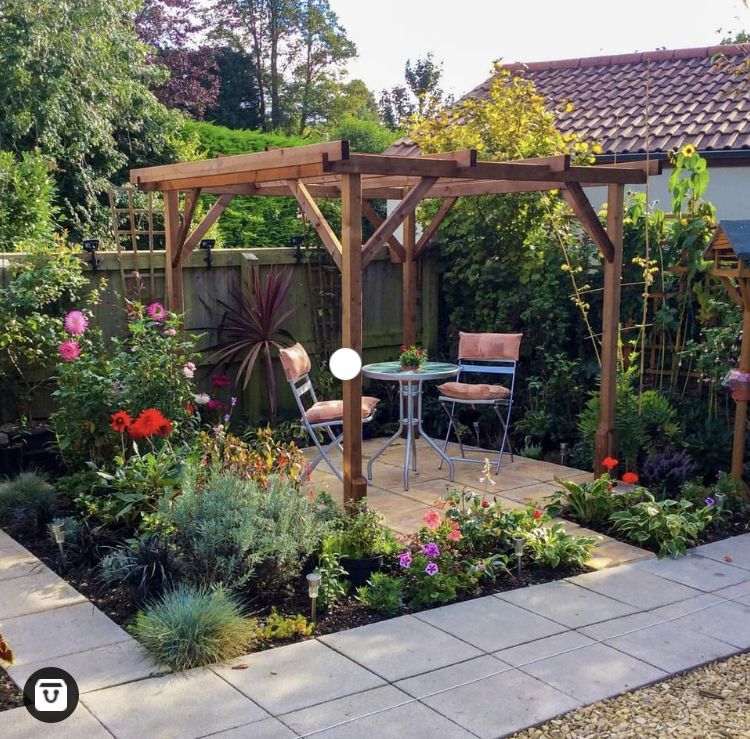
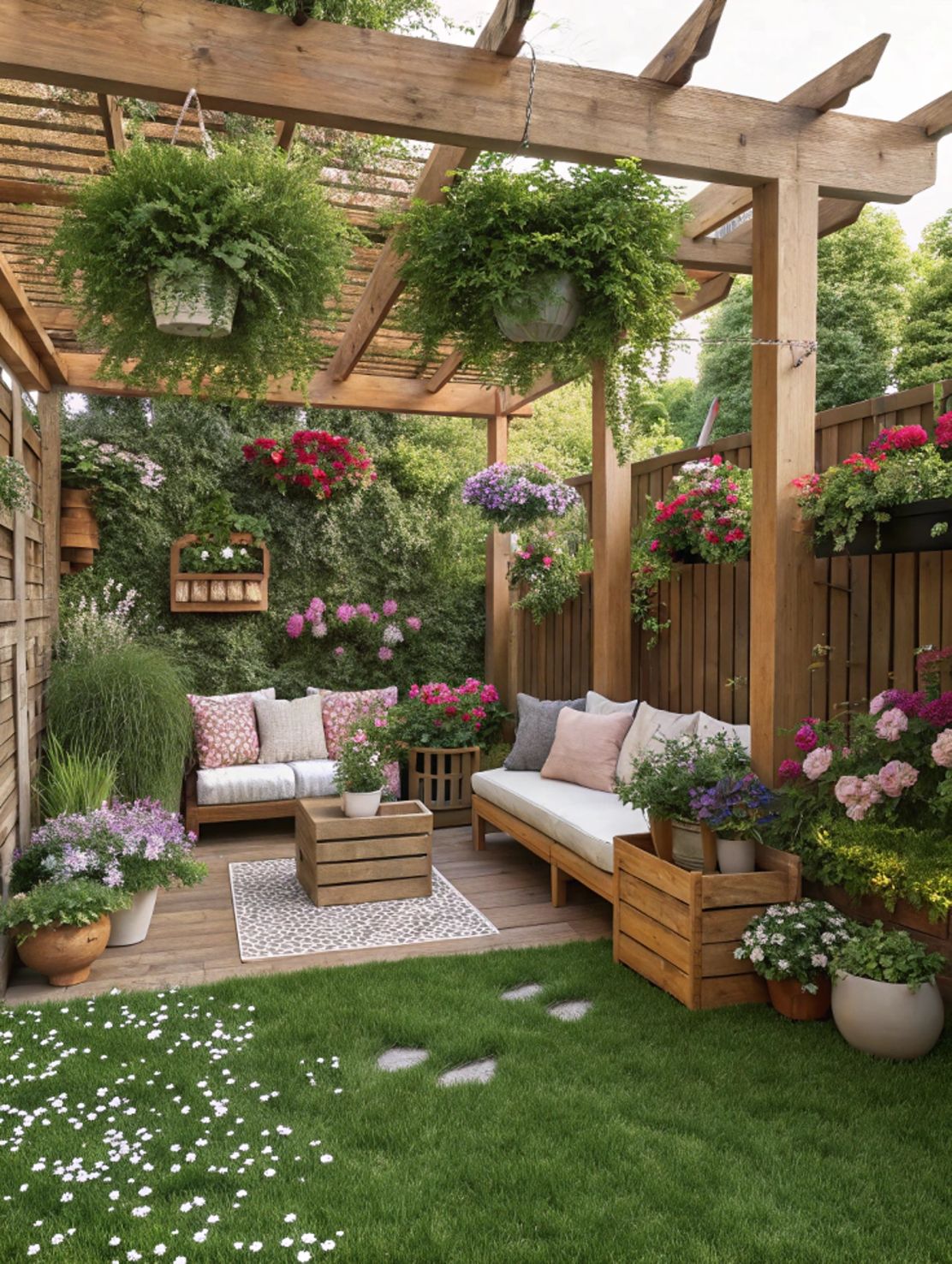
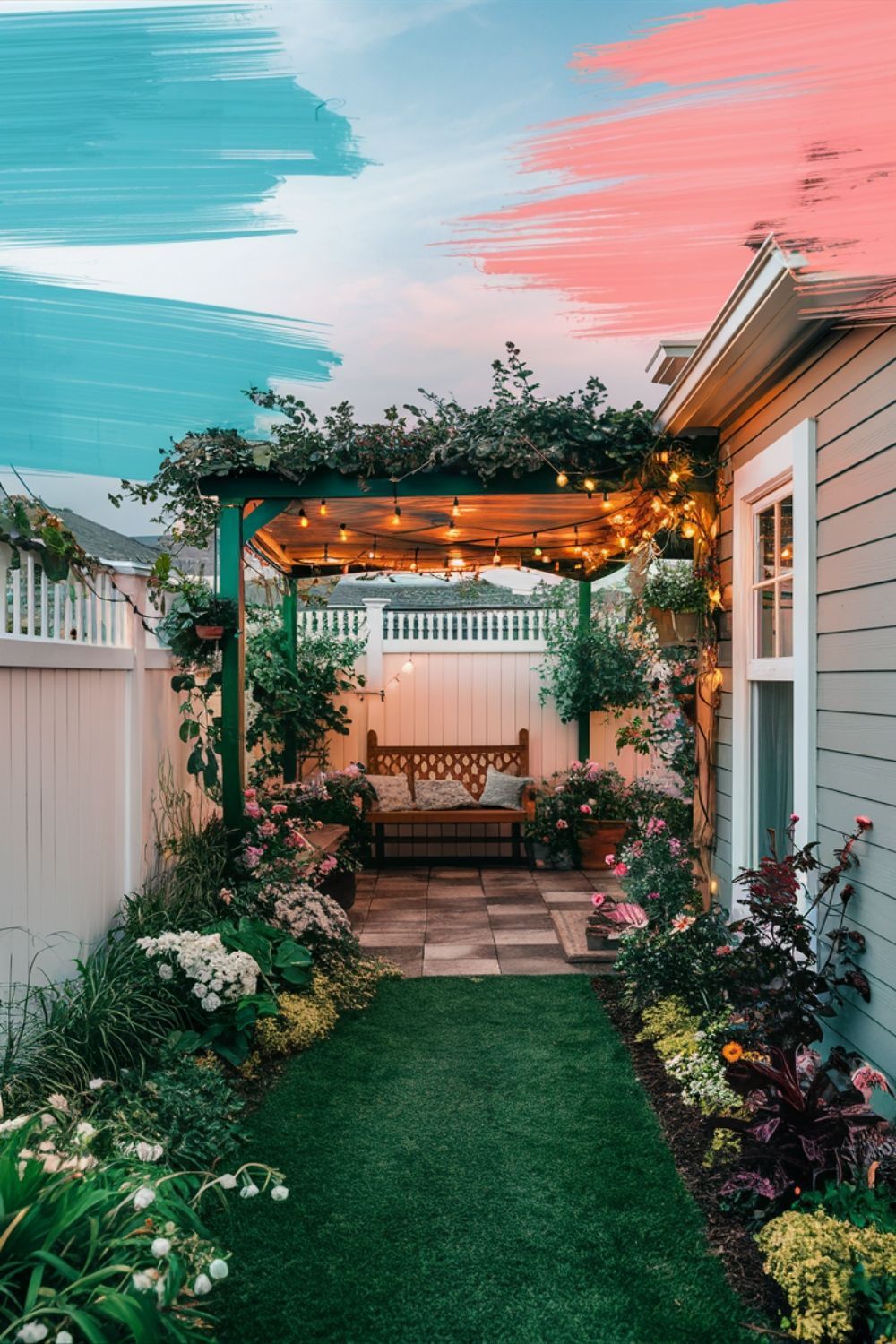
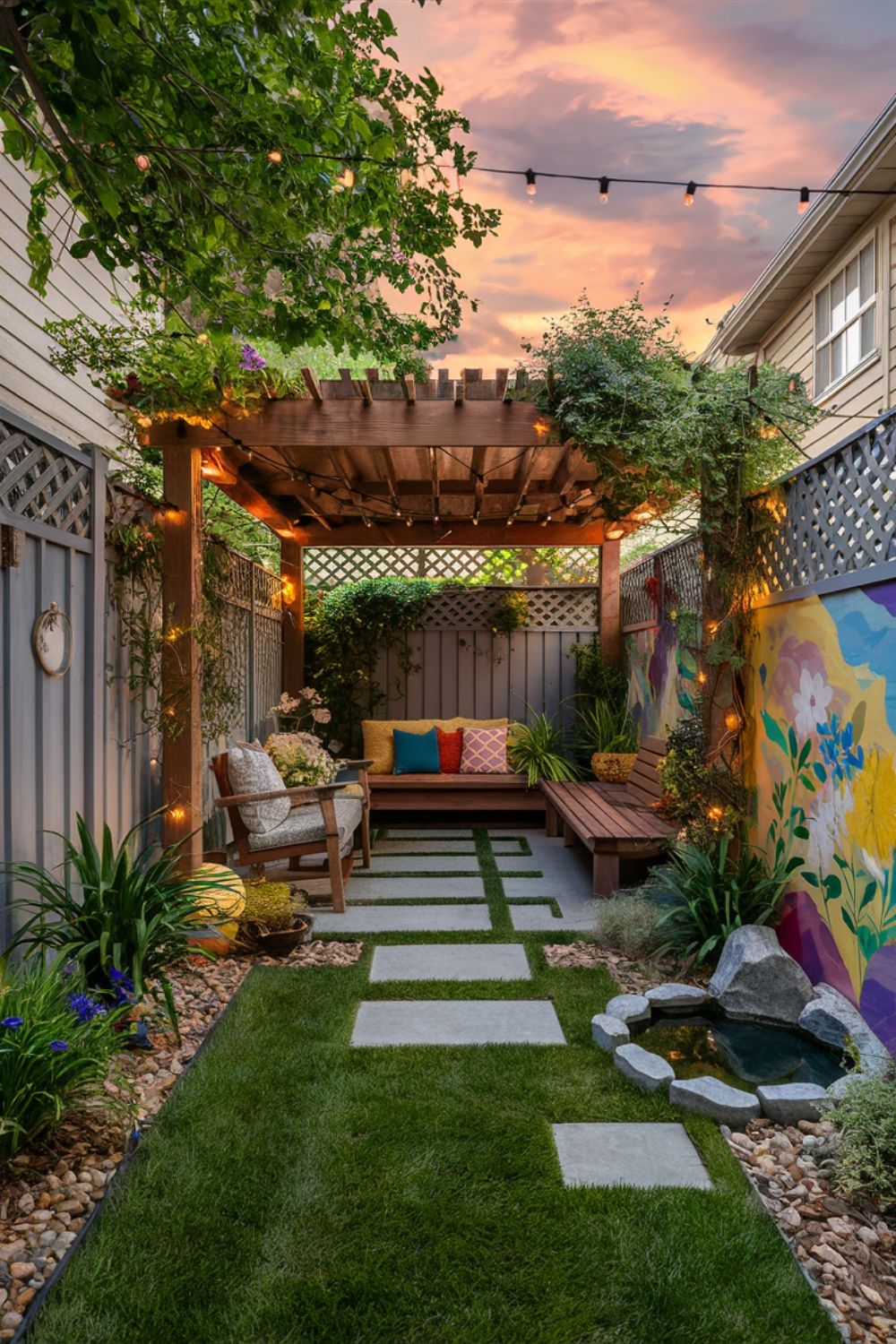
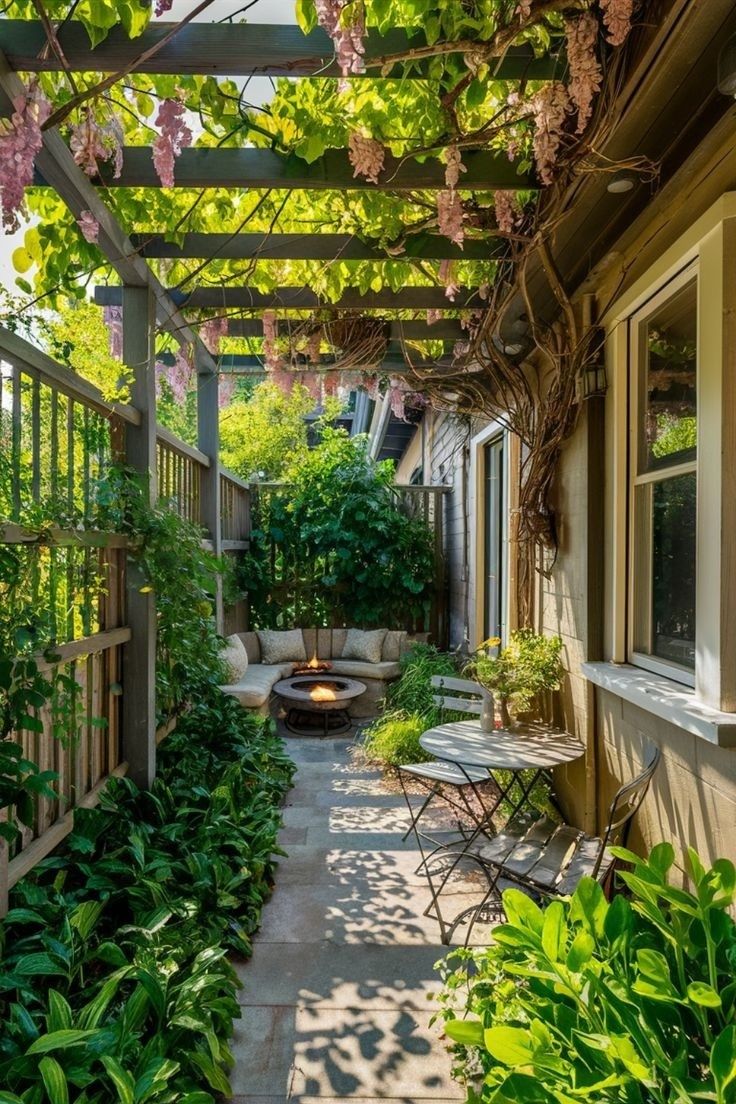
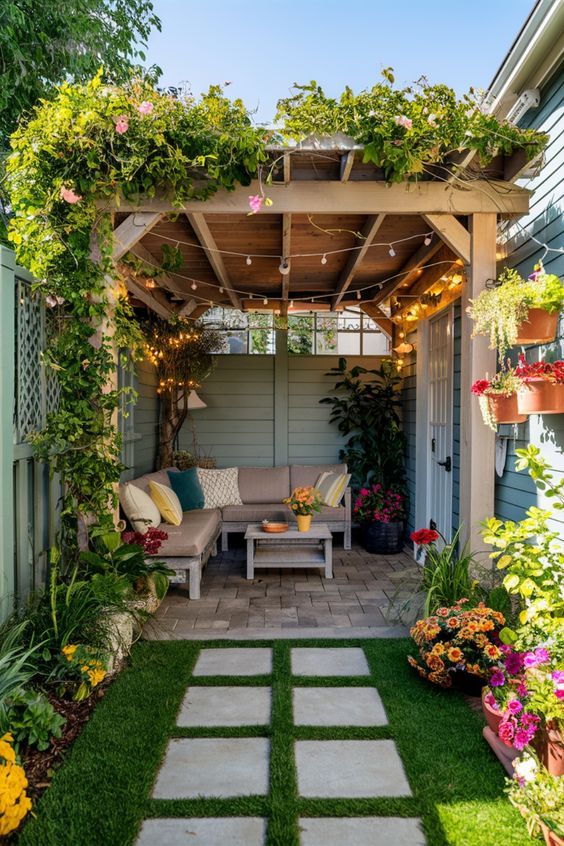
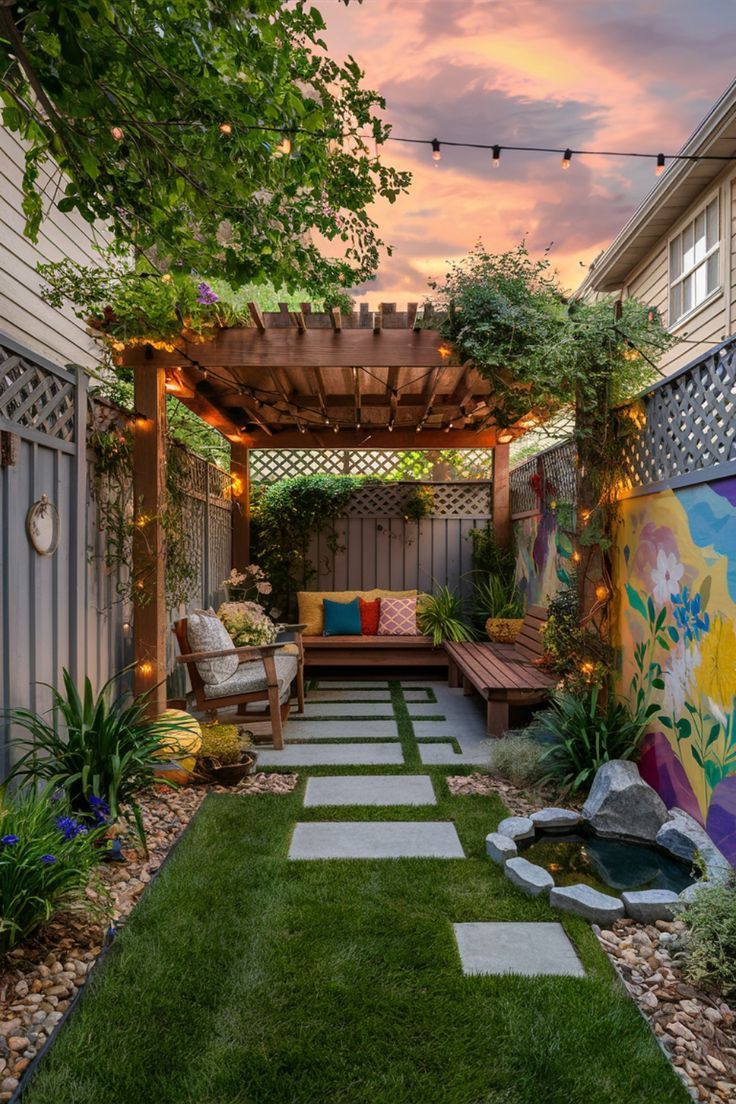
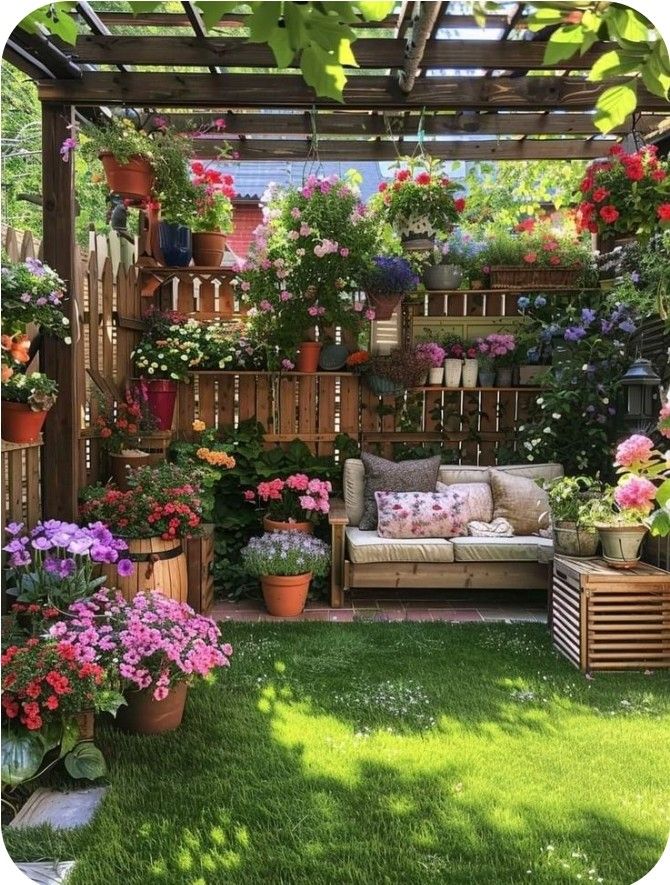
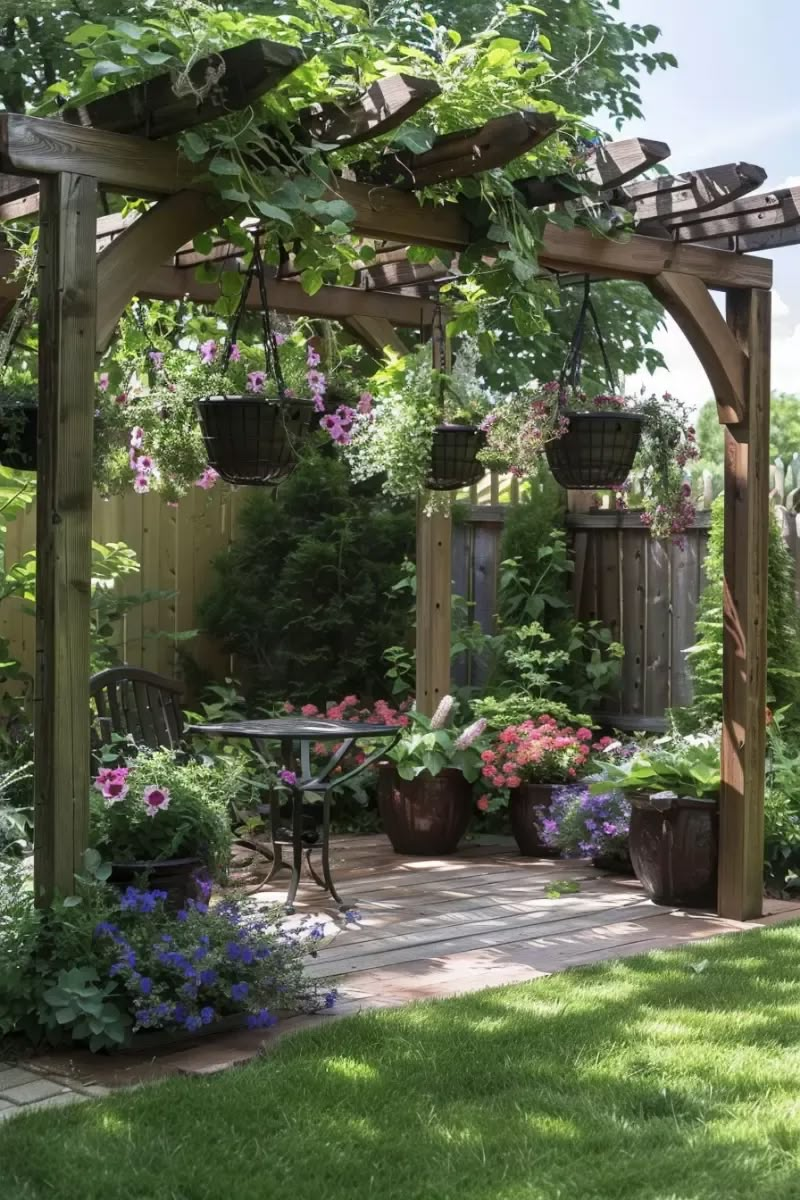
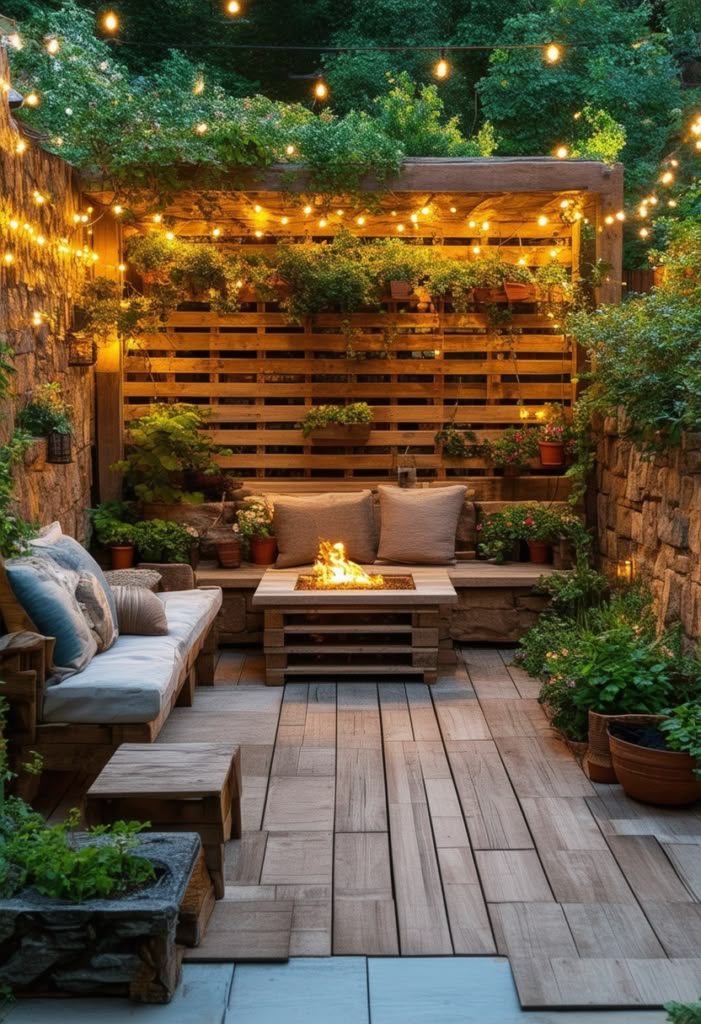

How to Turn a Small Backyard into a Relaxing Retreat
Turning a small backyard into a cozy retreat is not about adding more—it’s about adding with intention. It’s about making your space functional, beautiful, and relaxing without overwhelming it. Let’s break down the core steps that will help you achieve that.
Assess Your Space and Define Your Vision
Before diving into design ideas, take time to observe your space. This step is foundational.
What to Look At:
- Sunlight and Shade: Which parts receive sunlight in the morning, afternoon, or not at all?
- Ground Surface: Is it paved, grassy, or dirt? Does it have drainage issues?
- Wind Patterns: Is your space sheltered, or does wind frequently sweep through?
Define Your Purpose:
Ask yourself:
- Do I want a quiet reading nook, a space for entertaining, or a mini garden?
- Do I need storage for tools or outdoor furniture?
- Will I use it mostly day or night, year-round or seasonally?
Use a sketch or digital planner to draw out your space and note zones of opportunity.
“Design is not just what it looks like and feels like. Design is how it works.”
— Steve Jobs
Create a Functional Layout with Zones
Even the smallest backyards can benefit from being divided into clearly defined zones, which help create the illusion of a larger, more organized space.
| Zone Type | Features You Can Include |
|---|---|
| Relaxation | Hammock, lounge chair, privacy screen |
| Dining | Bistro table, foldable chairs, outdoor rug |
| Greenery | Raised planters, vertical garden, herb wall |
| Activity/Play | Compact swing, sandbox, yoga mat |
Tips for Defining Zones:
- Use outdoor rugs, pavers, or different textures to separate zones.
- Opt for modular furniture that can serve multiple purposes.
- Add stepping stones or lighting to guide movement through the space.
A well-zoned space feels intentional and balanced—even when it’s tiny.
Use Furniture That Maximizes Comfort and Space
Furniture can either make your space feel open and inviting—or tight and cluttered.
Smart Furniture Choices for Small Spaces:
- Foldable Tables and Chairs: Great for dining without committing to permanent fixtures.
- Built-in Benches with Storage: Saves space while adding utility.
- Slim-profile Loungers: Prioritize comfort without bulk.
Texture and Material Matter:
Choose weather-resistant, neutral-toned furniture with layered textiles like cushions, throws, or covers. These not only provide comfort but also enhance the aesthetic appeal.
Pro Tip: Use ottomans that double as tables or storage boxes.
Here’s an example of a transformational furniture plan:
| Feature | Purpose | Placement Tip |
|---|---|---|
| Hanging Swing Chair | Relaxation + Visual Focal Point | Corner with a strong overhang or beam |
| Foldable Bistro Set | Dining + Morning Coffee Spot | Near backdoor or under awning |
| Storage Bench | Extra Seating + Hidden Storage | Along the longest wall/fence |
Real-Life Example: Tokyo Courtyard Magic
In the heart of Tokyo, where outdoor space is incredibly limited, landscape architects have created lush, inviting retreats in just 30 square meters. Using modular furniture, vertical planters, and built-in lighting, they’ve transformed previously neglected areas into oases of calm.
“I thought we didn’t have room for anything,” says Miho, a Tokyo-based artist, “but now I have a corner for painting, a spot for tea, and even a small bonsai wall.”
This is proof that even urban backyards can bloom with thoughtful planning.
Expert Insight: The Golden Rule of Small Spaces
One of the most well-known principles in landscape design is the “Form follows function” rule.
Don’t add something just because it looks good—it must serve a purpose or it doesn’t belong. In small spaces, every object must earn its place.
Coming up in the second half of this article, we’ll dive into creative design ideas, budget-friendly transformations, mistakes to avoid, and how to add personal finishing touches that make your small backyard retreat feel like your own private escape.
Design Ideas to Make Your Small Backyard Feel Cozy
Design is the soul of a small backyard retreat. Once the foundation is set, it’s time to layer in warmth, personality, and texture. At FECVietnam.edu.vn, we understand that coziness isn’t just a visual effect—it’s an emotional experience, shaped by subtle cues like light, scent, color, and materials. Let’s explore the elements that bring intimacy to limited spaces.
Add Lighting for Ambience and Warmth
Lighting transforms ordinary backyards into enchanting evening escapes. Whether you plan to relax, entertain, or meditate, thoughtful lighting is essential.
Types of Backyard Lighting That Work Best:
- String Lights: Classic and budget-friendly, string lights hung overhead or along fences instantly create a starlit canopy.
- Solar Garden Lights: Place them along walkways or garden beds for soft illumination and eco-friendly flair.
- Lanterns and Candles: Ideal for tables or corners, they provide a flickering warmth.
- LED Wall Sconces: If you have a wall or fence, these add a modern, architectural touch.
“There is no light like that which burns from within.” — Albert Schweitzer
Expert Tip from FEC: Use warm-toned bulbs (around 2700K) to replicate the softness of sunset light, which encourages calmness and restfulness.
Incorporate Greenery for a Natural Escape
Plants are not just decorative—they are living design elements that evoke a sense of peace and connection with nature. Even if you don’t have a green thumb, the right plants can turn a space from bland to blissful.
Top Picks for Small Spaces:
| Plant Type | Purpose | Examples |
|---|---|---|
| Fragrant Herbs | Scent + Edible | Lavender, Mint, Basil |
| Trailing Plants | Visual softness | Ivy, String of Pearls |
| Low-Maintenance Greens | Consistent greenery | Snake Plant, ZZ Plant |
| Vertical Climbers | Use vertical space | Bougainvillea, Clematis |
Design Tip: Group plants in odd numbers (3 or 5) for a natural, organic feel. Use varying pot textures and heights to create depth.
“Gardening is the purest of human pleasures.” — Francis Bacon
Use Vertical Space to Expand Visually
In many Asian cities like Ho Chi Minh City or Kyoto, backyard size is minimal, yet designers achieve stunning beauty by building upward.
Effective Vertical Space Ideas:
- Trellises with Vines
- Wall-Mounted Shelves for Pots or Decor
- Hanging Basket Systems
- Vertical Herb Gardens
Vertical space draws the eye upward, making the yard feel taller and more open—just as vertical lines elongate the human body in fashion.
Case Study from Seoul, South Korea:
Urban dwellers use Hanok-style wall planters to grow seasonal flowers and herbs on vertical panels made from reclaimed wood. The result: a retreat that feels layered, lush, and tranquil—without taking up ground space.
Budget-Friendly Tips to Transform Your Backyard
You don’t need to spend a fortune to create a luxurious space. At FECVietnam.edu.vn, we believe resourcefulness is the new luxury. In fact, the most meaningful design often comes from items made or repurposed with care.
Repurpose and Reuse Materials Creatively
Old items = New treasures
- Pallet Wood: Use it to build sofas, tables, vertical gardens.
- Cinder Blocks: Stack them creatively for shelving or plant stands.
- Tin Cans: Paint and use as hanging planters.
- Vintage Ladders: Excellent as towel holders, plant stands, or decor racks.
“Use it up, wear it out, make it do, or do without.” — Old New England Proverb
Real Example:
A family in Da Nang transformed their old bed frame into a shaded pergola by adding a weatherproof cloth roof. The cost? Less than 300,000 VND.
DIY Projects That Add Value Without Costing Much
Simple, impactful weekend projects:
- Paint a mural or geometric pattern on a plain wall or fence.
- Build a gravel firepit with repurposed stones.
- Create a stepping-stone path using cement molds or leftover tiles.
- Construct a vertical garden wall using shoe organizers or wooden crates.
Bonus Tip from FEC Designers:
Add a DIY chalkboard panel near a seating area—great for quotes, dinner menus, or letting kids express themselves creatively.
Common Mistakes to Avoid When Renovating Small Backyards
Designing small spaces has its challenges. Avoiding common pitfalls can save time, money, and frustration.
Overcrowding the Space with Too Many Elements
More isn’t always more. One of the biggest mistakes is packing the space with too much furniture, too many plants, or clashing decor.
Solution: Embrace minimalism and focus on functionality. Follow the design rule:
“Less, but better.” — Dieter Rams
Use neutral colors, repetitive materials, and allow for empty breathing space.
Ignoring Lighting and Seasonal Changes
Failing to consider how your space looks at night or feels in winter/summer can result in underused outdoor areas.
How to Plan for All Seasons:
- Shade options for summer: Pergolas, umbrellas, climbing plants.
- Warmth in cooler months: Portable heaters, fire pits, layered textiles.
- Rainy weather prep: Use outdoor-safe storage and drainage-aware flooring.
FEC Insight: Our research shows that multi-seasonal use boosts the emotional value of a retreat by over 60%, as surveyed across homeowners in urban Vietnam.
Final Touches to Make It Your Personal Oasis
Now comes the most joyful part—making it truly yours. A cozy backyard retreat isn’t complete without personalization.
Add Personal Decor and Finishing Touches
Consider the senses: sight, sound, touch, and even smell.
Ideas to Inspire You:
- Outdoor Rug + Cushions: Soften the space.
- Wind Chimes or Water Features: Add relaxing audio.
- Scented Candles or Incense: Evoke calmness and nostalgia.
- Personal Photos or Art Panels: Weatherproof them for charm and memory.
“Home is not a place, it’s a feeling.” — Cecelia Ahern
Maintain Comfort with Year-Round Upkeep
Even the most beautiful retreat needs love and care. Maintenance ensures your retreat stays functional and beautiful.
Monthly Upkeep Checklist:
- Wipe and store cushions when not in use
- Check for pest nests in plants
- Repaint or seal wood annually
- Prune dead leaves and rotate seasonal plants
